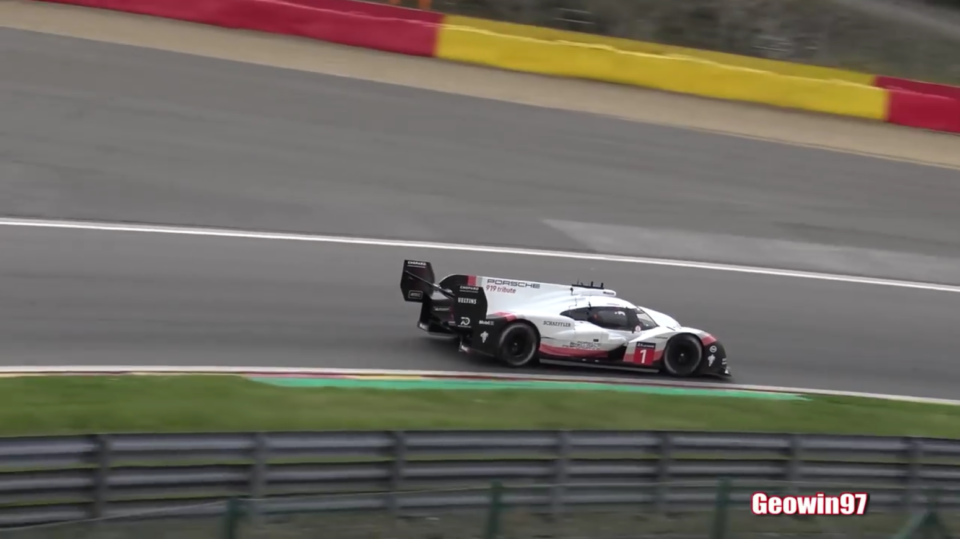When the rules are revoked and designers are allowed to exercise a little more creativity without being shackled, we get to witness a little automotive art—a motorsport masterpiece. In bidding adieu to the incredible Porsche 919H, and the era of hybrid racing it dominated, Porsche listed it as ready for a Farewell World Tour this year. In typical Porsche fashion, the tour was understated and many assumed it was purely a promotional event. As it turned out, Porsche wanted to send off the 919 with a bang.
LMP1 machines are interesting creatures. Though not far off Formula 1 cars in terms of outright pace, they have to contend with more weight and the long-distance goal; thereby sacrificing their one-lap potential in the name of longevity. They’re usually designed around comparatively relaxed rules—but a lengthy rulebook nonetheless. One often wonders what these machines are capable of without these regulations or the compromises of endurance racing.
As it turns out, the 919H is as capable as anything when optimized for sprint conditions — faster than Lewis Hamilton’s F1 record by 0.7 seconds! Topping its previous best in endurance spec by 12.3 seconds, this 919 Evo posted a 1:41.770 during an inconspicuous “testing” session at Spa-Francorchamps. You’ve got to love Porsche’s ability to dominate the racing world without bluster or fanfare.
Amazingly, no changes to the powertrain were needed to net this incredible lap time. As the WEC efficiency regulations limit the energy from fuel per lap by using a fuel flow meter, power was previously kept to roughly 500 horsepower. Without these restrictions and a quick software update, the 2.0-liter V4-turbo powerplant produced some 720 horsepower. An additional 400 horsepower from the electric motors brought total output to a staggering 1,120 horsepower.
The car also benefited from active aerodynamics which offered the best of both worlds. Increased grip came from an extended front diffuser, modified tunnels, fixed-height side skirts, and a larger rear wing at an impressive angle of attack. Added slipperiness came from smoother front fenders sans headlights, closed air ducts, a hydraulically-operated system which trimmed the trailing edge of the front diffuser, and a DRS-like system which opened the slot between the rear wing main plane and the flap at key moments, making it 66% more efficient through the air than the 919H that qualified at Spa last year. That slippery shape, as well as the monstrous power output, pushed the car to a top speed of 223 miles an hour.
Engineers also trimmed the heft by 86 pounds by removing items unnecessary over one lap. The items set aside for this blistering lap included the air-conditioning, the windscreen wiper, several sensors, electronic devices from race control, lighting systems, and the pneumatic jack system. Dry, the Evo weighs just 1,872 pounds. Yet, to handle the 55% more downforce, Porsche strengthened the A-arms, upgraded the power steering, and enlisted Michelin to develop a new tire.
Somewhat reminiscent of Group C machinery, the 919 Evo hints at what WEC could be with fewer regulations. Though that would come with its own problems; limiting privateer involvement and increasing expenses to name a couple, it’s impossible to deny how appealing these tech-heavy sports cars would be—especially if they could outgun contemporary Formula 1 cars.























